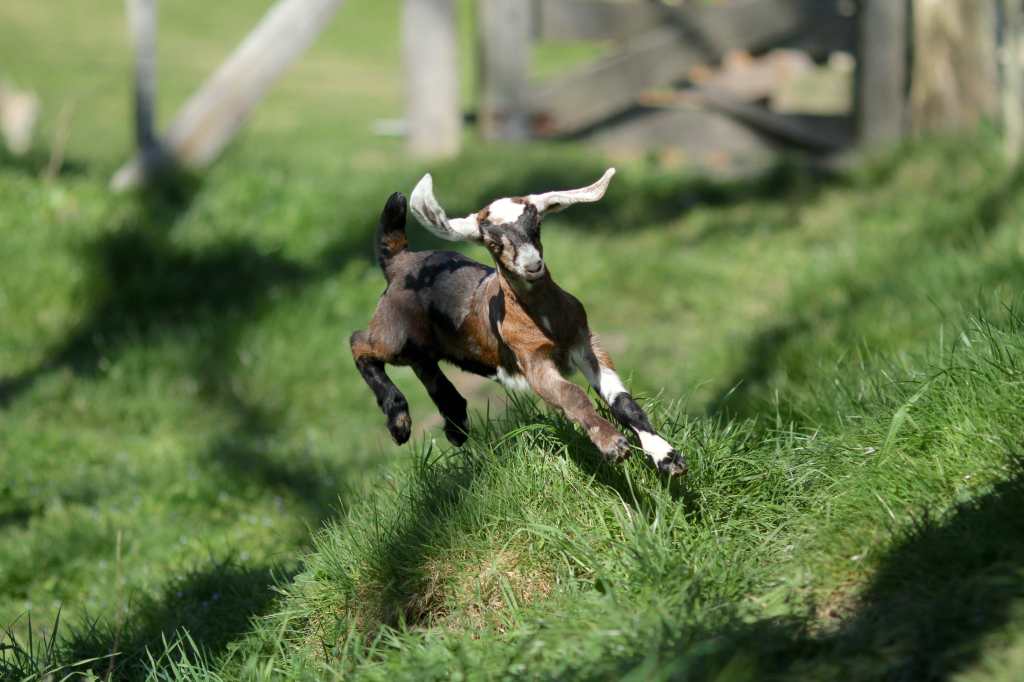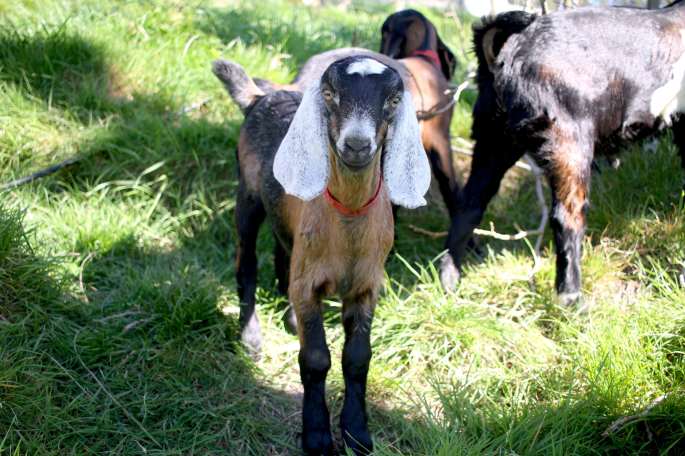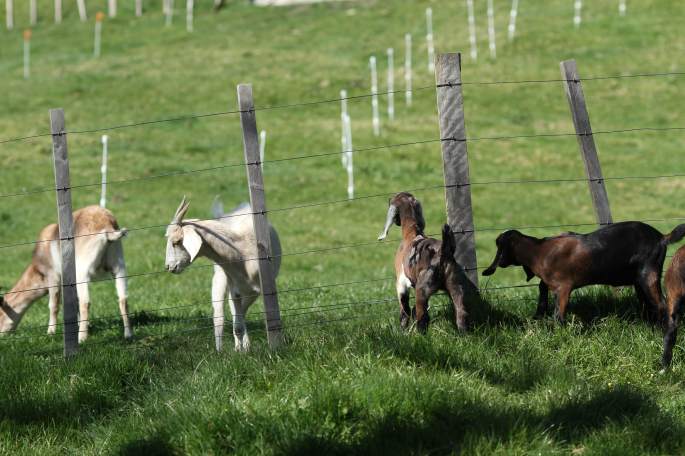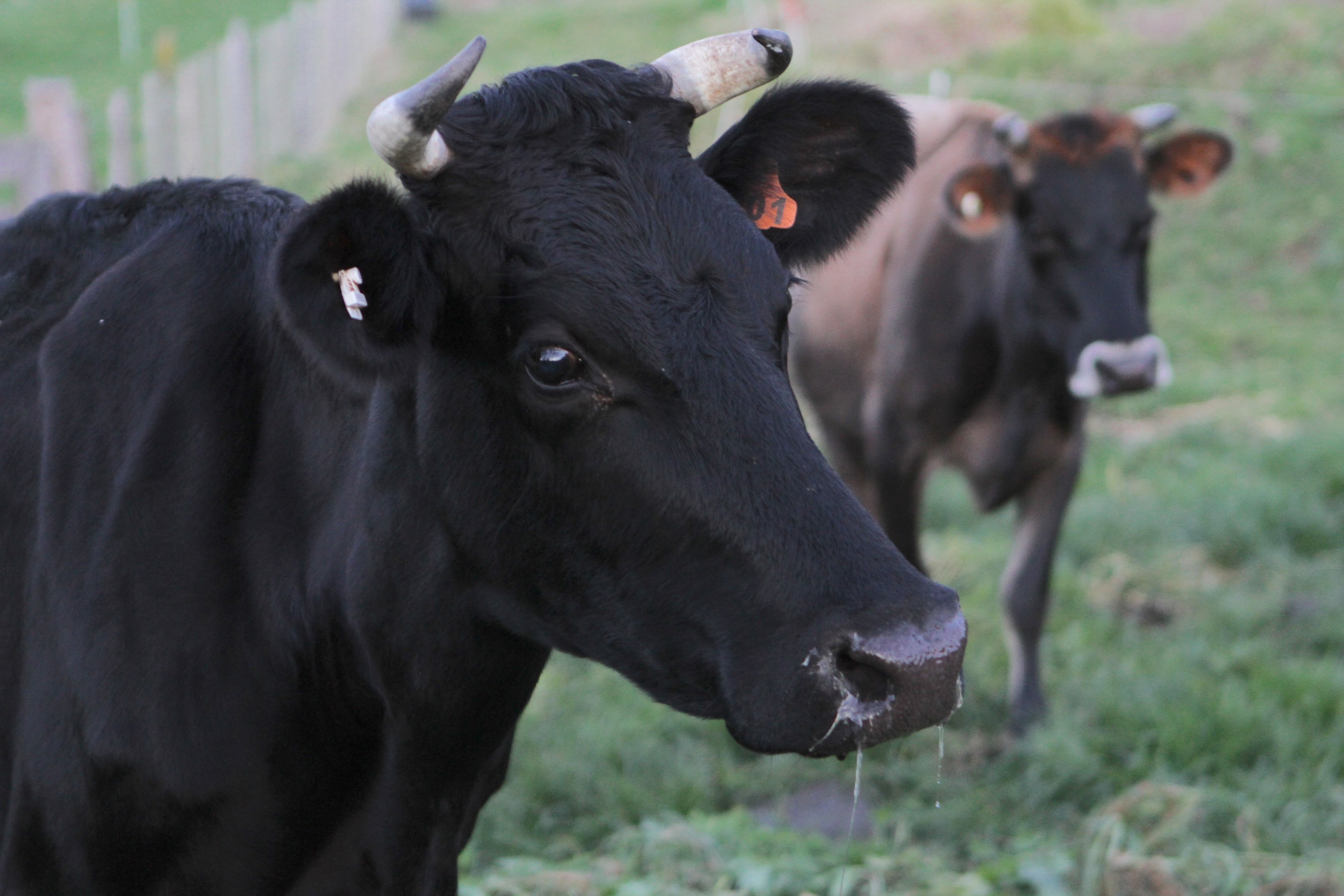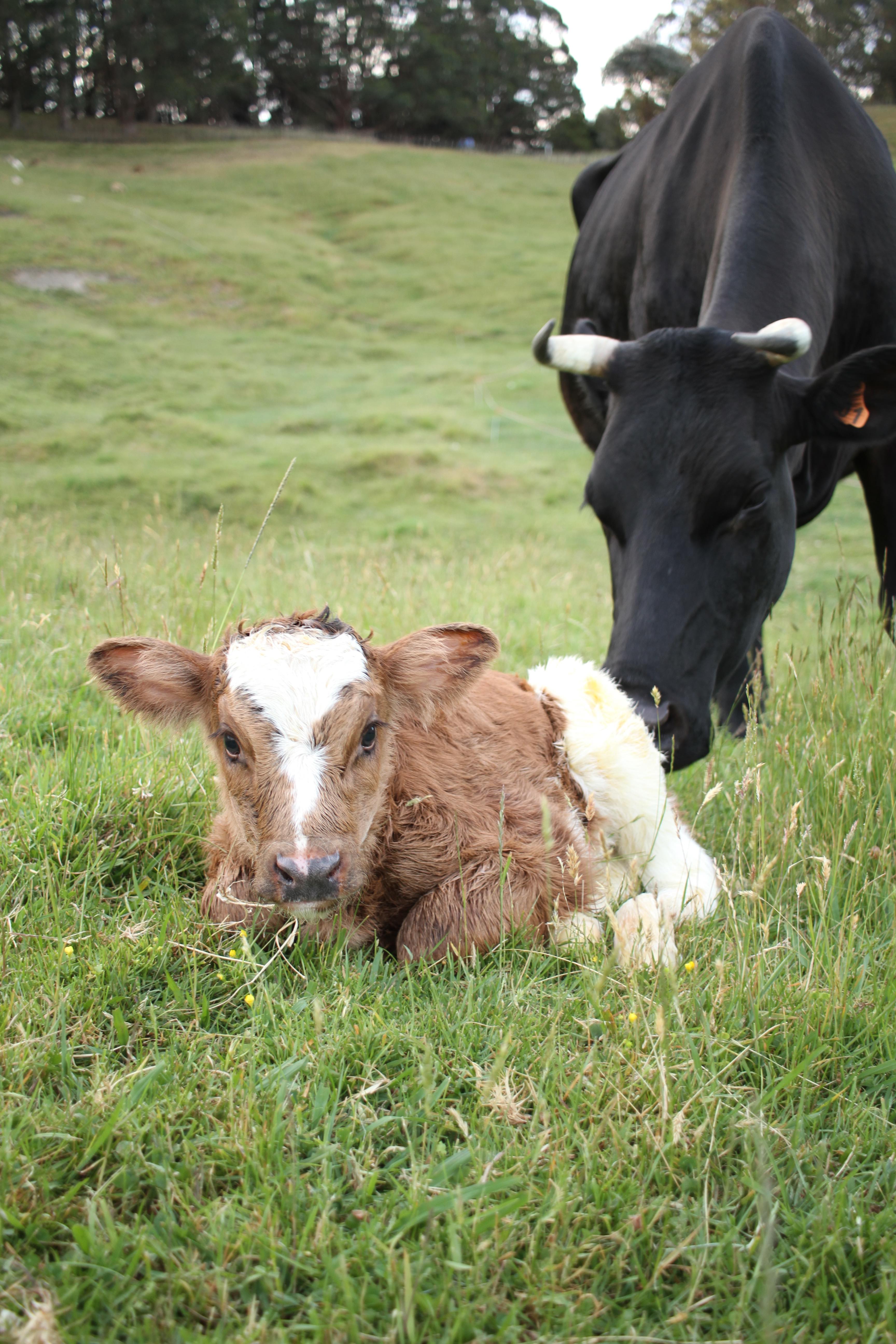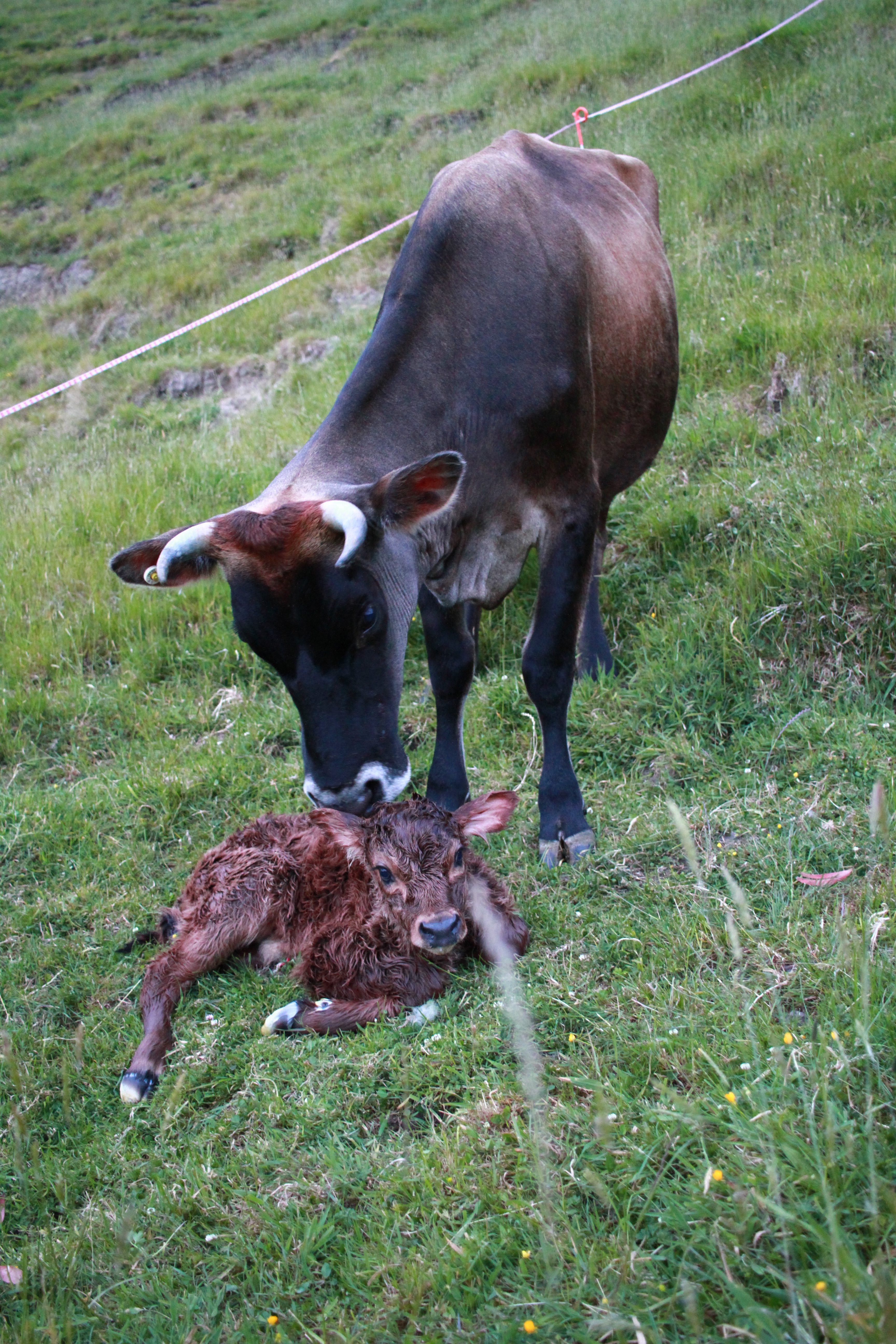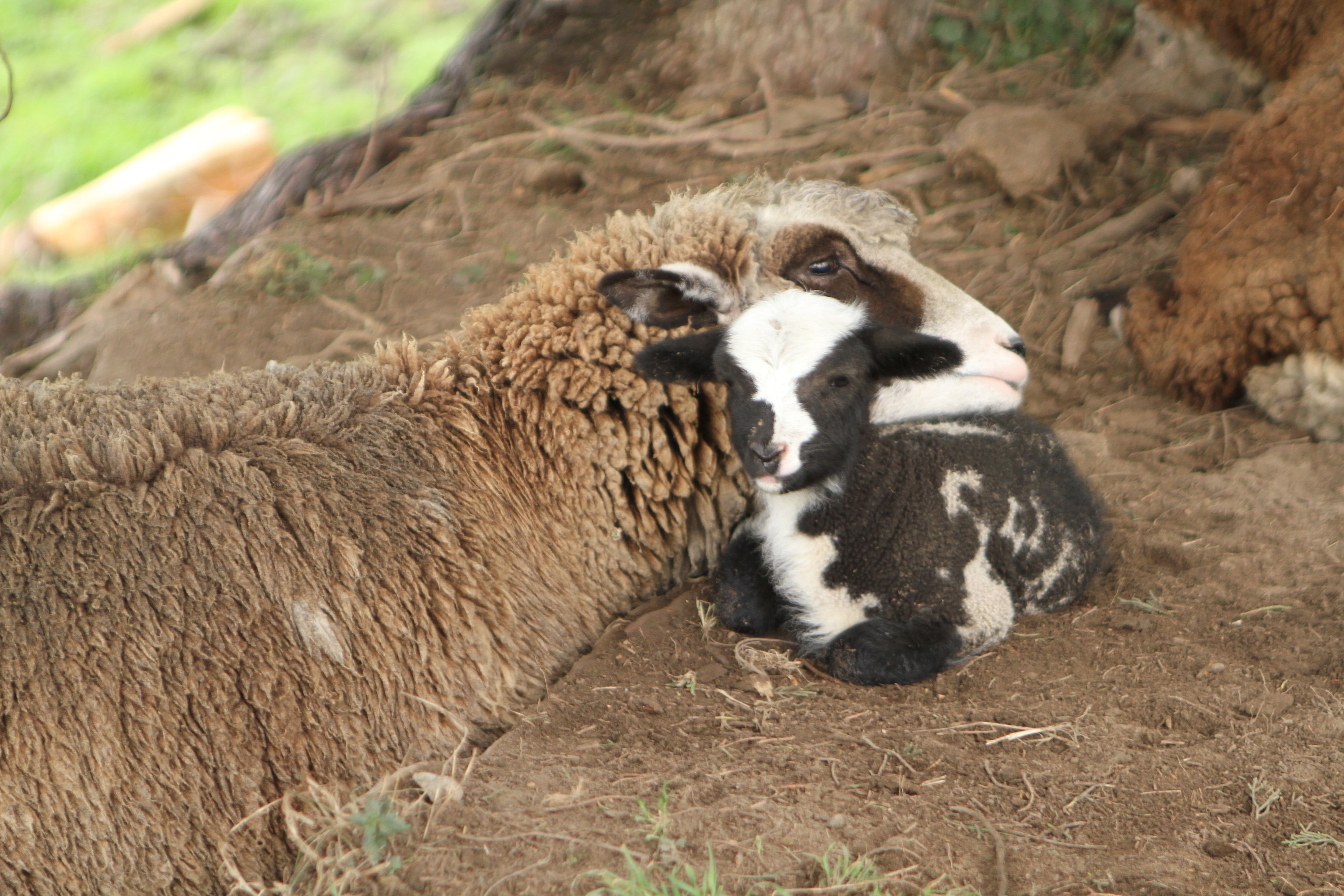In nature not everything goes to plan, not always. Alzina our house cow calved the day after she was due. Sadly, the calf was still born.
Now I had a sad, confused cow who couldn’t understand why her calf was not responding to her gentle mooing and an udder full of milk. Luckily, she is an awesome cow and trusts me. She calmly ate her feed while I milked her, twice a day, looked at me searchingly every time I came to check on her, wondering if I would bring her calf to life.
Finding a bobby calf (week old calf) is not easy in Gisborne, as there are not many dairy farms (most bobby calves come from dairy farms as they area burden to the farmers who only want the milk from the mothers) and calving generally happens around spring time. So I wasn’t starting lucky. A few phone calls confirmed my gut feeling that it might be really tricky to find a surrogate calf for Alzina.
But as luck would have it, a friend who runs beef cows had one calf unexpectedly and wasn’t so keen to keep the calf as the mother was quite young. It was 2 weeks old and fairly wild but that was pretty much my only option unless I wanted to wait longer.

The first day the calf was wild and feral, behaving like a bull in a rodeo, jumping around and running in circles in the cow shed. He was very jumpy and skittish. In that state, there was no way he was even thinking about how hungry he might be. We had kept the still born calf’s skin and attached it to the surrogate calf, hoping to fool Alzina into thinking it might be her calf. I’m not sure we quite succeeded but it helped.
Next day, same thing. I tried to bring him close to the teats, flicked a bit of milk at his nose and placed the teat to his mouth (Alzina was ever so patient, not kicking a fuss and only turning round to see what was going on every now and again). No. Way.
Josh bottle fed him, and after some initial reluctance, the calf gulped it down.
Day 3. I am milking in the shed, the calf is free to roam next to us and he seems calmer, he is taking the time to sniff around and nibble bits and pieces. I put him by Alzina’s teats again and this time, after a few seconds, he grabbed one and suckled. From that moment the deal was sealed. Alzina was a bit shifty, but she was making her lovely soft mooing sounds again and I encouraged her, stood by her and patted her while the calf fed. She relaxed. In that moment, it all unfolded and they adopted each other. Wonderful.
It only took three days, I expected to be at it for a week. I am always so amazed at how well things can click together when you let the flow guide you. And I am so happy that my precious house cow is a happy mum once again.



